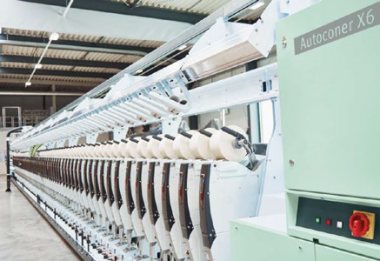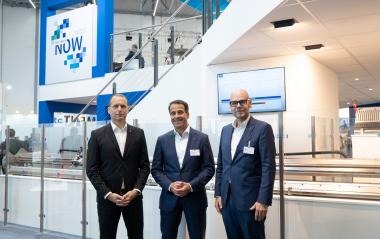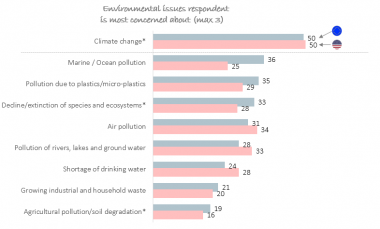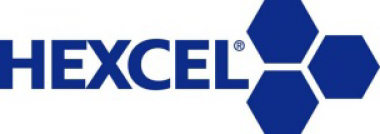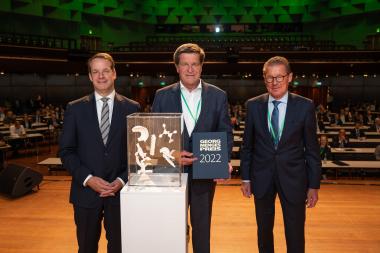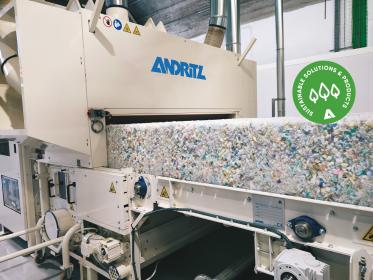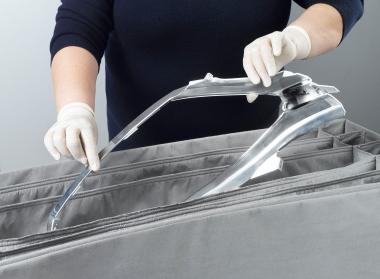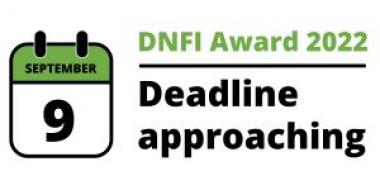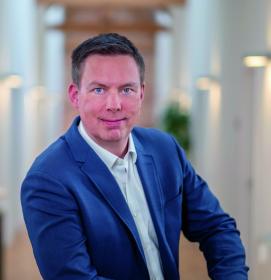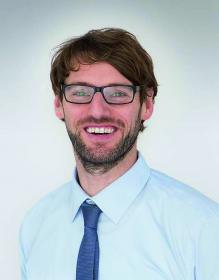OCSiAl: Graphene nanotubes expand textiles’ functionality
- ESD protection in harsh environments:
- Polymer-coated chemical-resistant fabrics and fireproof special textiles with expanded electrostatic discharge (ESD) safety function have been developed.
- Graphene nanotubes used as an electrostatic dissipative material make it possible to add ESD protection without compromising resistance to aggressive environments.
- Efficient working loadings starting from 0.06% are sufficient for stable anti-static properties fully compliant with safety standards and position graphene nanotubes far ahead of other conductive materials.
Protective clothing, upholstery, and industrial fabrics that experience harsh conditions require advanced performance. Depending on the final application, specialty textiles can be augmented with flame retardancy, durability, chemical protection, and other properties. Additionally, ESD protection is obligatory in the chemical, rescue, mining, oil & gas, automotive manufacturing, and many other industries that are subject to safety regulations.
In applications where multifunctionality of textile is required, graphene nanotubes overcome the limitations of other conductive materials such as unstable anti-static properties; degradation of strength, or chemical or fire resistance; complicated manufacturing processes; dusty production; carbon contamination on the material’s surface; or limited color options. Recent developments show that graphene nanotubes provide ESD protection to textiles in full compliance with safety standards and without degrading the textile’s resistance to harsh environments, greatly enhancing the value of textiles.
One such example is textiles coated with fluoroelastomer (a polymer that is highly resistant to chemicals) augmented with graphene nanotubes from OCSiAl. Nanotubes provide the material with surface resistivity of 10^6–10^8 Ω/sq compliant with EN, ISO, and ATEX standards for personal protective equipment. This new technology opens the door for the fabric to be used in high-level protective suits, combining exceptional protection from chemicals with electrostatic discharge protection.
Another example is how graphene nanotube technology is being acknowledged as a replacement for metal yarns in fireproof and anti-static textiles, protecting against sparks, splashes of molten metal, high temperatures, and the risk of sudden electrostatic discharge. While metal yarns require a specific knitting process and storage conditions, incorporating nanotubes in a fabric does not require any changes in the manufacturing process as the water-based dispersion is introduced into the fabric at the fluoro-organic treatment stage. The fabric with OCSiAl’s graphene nanotubes has been proven to maintain the pre-set level of ESD protection (surface resistance of 10^7 Ω) after numerous washes.
Permanent and stable electrical conductivity, facilitated by graphene nanotubes, is not only a matter of safety but brings additional value in augmenting dust-repellent properties and touchscreen compatibility for comfort and time savings. At the same time, the ultralow nanotube concentrations result in maintained manufacturing processes and mechanical properties, and improve product aesthetics by making it possible to use a wide range of colors. Altogether, these benefits allow textile manufacturers to create next-generation special textiles with expanded functionality.
OCSiAl









